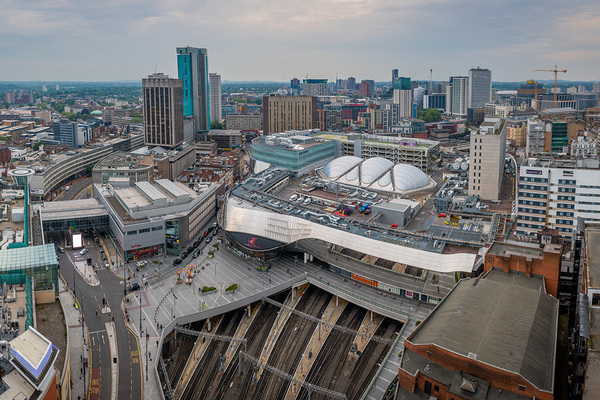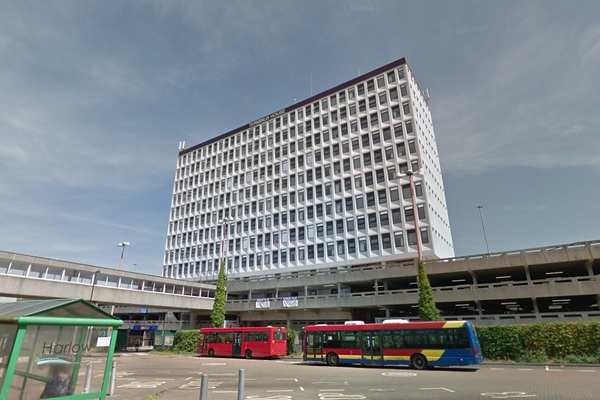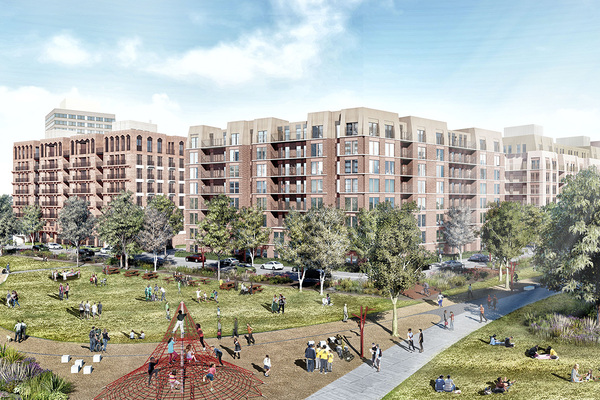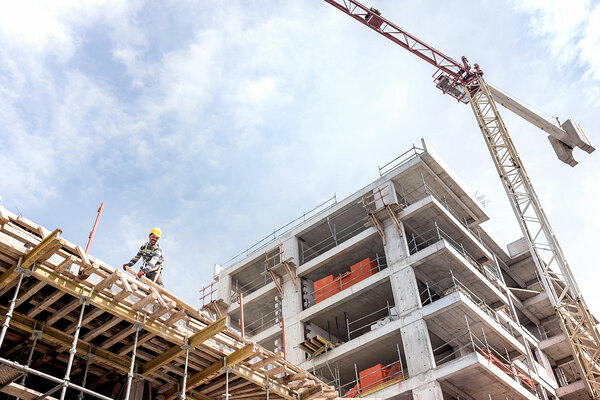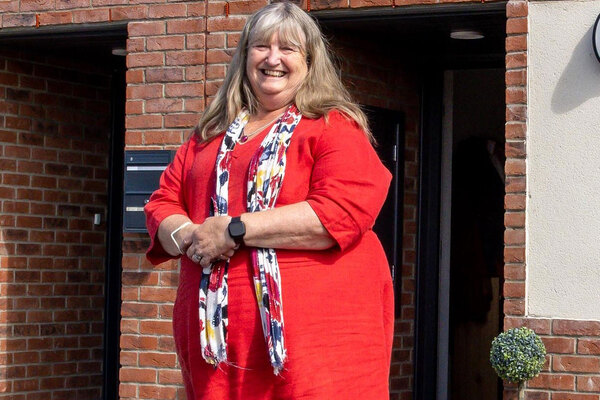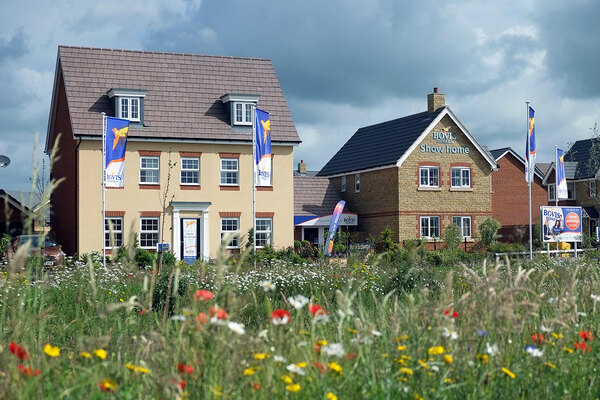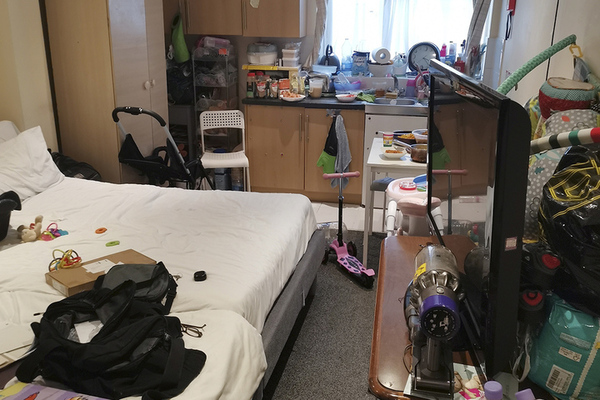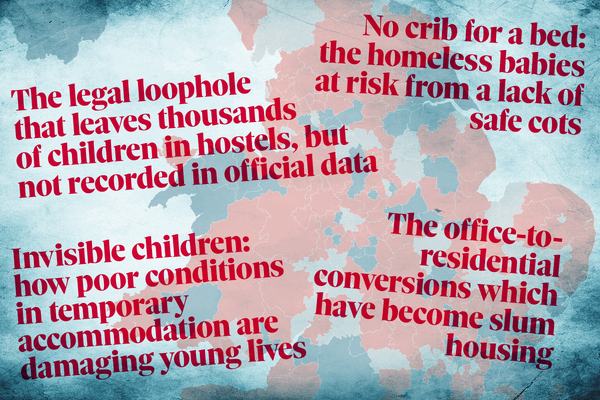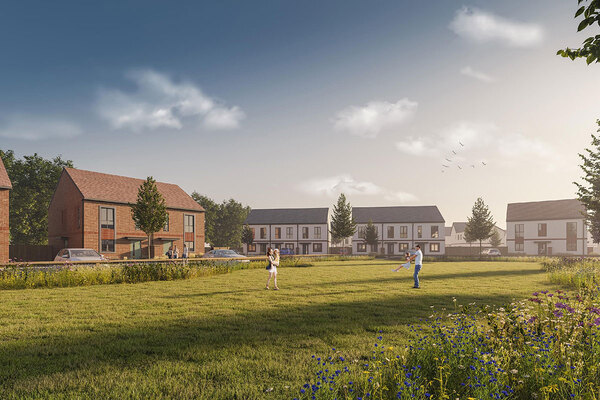You are viewing 1 of your 1 free articles
Councils hit out at government’s ‘unrealistic’ new planning formula
Councils across England have hit out at the government’s new planning algorithm after Inside Housing analysis found that cities will need to increase development collectively by more than 70% if they are to meet the revised housing need numbers.
Local authorities most affected by the changes to the planning formula have said that the government’s plans are “unrealistic” and “flawed”, with some councils being expected to increase housebuilding within their boundaries by more than 200%.
In December, the government published changes to the algorithm it uses to calculate the number of new homes that are needed annually within each local authority area, known as the standard method for assessing housing need.
The move followed discontent among Conservative backbenchers about the impact the previous formula would have on rural areas.
Under the changed algorithm, all London boroughs, as well as the next 19 largest cities in England, will see their annual housing need number increased by 35%.
However, analysis by Inside Housing has shown that these local authorities will collectively need to increase the number of homes being delivered inside their boundaries by more than 70%, as many were already delivering far below target even before the 35% uplift was introduced.
In London, for example, the government’s new formula calculates a collective housing need number across all boroughs of 93,579.
This is 120% higher than the 42,504 homes London boroughs delivered last year, according to the latest Housing Delivery Test statistics.
Outside of London, the local authorities that will be expected to deliver the largest increase in development compared to last year’s delivery numbers are Southampton (201%), Bradford (127%), Bristol (126%) and Leicester (116%).
The government’s housing need number is used to inform development targets in councils’ local plans, which must be approved by ministers.
For councils without an approved up-to-date local plan, the housing need figure becomes their target for the Housing Delivery Test.
Local authorities that do not meet these targets are punished by having their planning powers curbed.
A spokesperson for Leicester City Council said: “We are very concerned by the government’s recent decision to impose this huge uplift on Leicester, which seems to have been made without any assessment of demographic, market needs, delivery or capacity issues.
“In December we concluded consultation on our draft local plan which confirmed that almost 8,000 of our previous 2036 target of 30,000 homes could not be accommodated within the tightly drawn city boundary.
“The impact of the new uplift increases the 8,000 figure to around 18,000 additional homes over the plan period.
“It will not be possible to accommodate anything like this scale of development within the city’s boundary whilst meeting local and national policy imperatives.”
Satvir Kaur, cabinet member for homes and culture at Southampton City Council, said that the council supports the new formula “in principle”, but that there are “financial and logistical challenges that exist in any major urban city that need considering”.
She added: “We welcome additional government support to make these targets and our housing aspirations a reality.”
The latest London Plan, which sets the housing targets for individual boroughs, was published in January and is expected to deliver 52,000 homes per year.
As the London Plan was only recently published, the new housing need formula will not come into force in the capital until the next plan is being developed in five years’ time.
However, this means that the next London Plan will have to find almost double the capacity of the current plan.
Darren Rodwell, executive member for housing and planning at London Councils and leader of Barking and Dagenham Council, said the 35% increase in housing need for all local authorities in the capital is “unrealistic”.
He added: “Undermining boroughs’ planning powers will not increase delivery. Local authorities need more – not fewer – powers, including the power to make developers build out the planning permissions we grant.”
A spokesperson for London mayor Sadiq Khan said: “The government’s methodology for calculating required housing delivery is simplistic and fails to account for real world conditions – something that’s best done through the mayor’s London Plan, rather than a one-size-fits-all algorithm.
“It also fails to account for the pressing need to deliver genuinely affordable homes, including social housing – a key area for London.”
The government announced it was applying an uplift to cities’ development targets in December after it was forced to backtrack on a previous proposal that would also have imposed an uplift on some rural areas.
The plans were heavily criticised by the government’s own backbenchers, including former prime minister Theresa May, who is the MP for Maidenhead.
Imposing a 35% uplift on cities means that the government can meet its target of delivering 300,000 homes per year without increasing the housing targets of any rural areas.
A spokesperson for the Ministry of Housing, Communities and Local Government said: “We’ve listened to feedback from our planning consultation, making changes to the standard method to enable the delivery of 300,000 homes a year by the mid-2020s, whilst continuing to protect the green belt and make the best use of brownfield and urban centre land.
“We expect the mayor of London to dramatically increase the capital’s housing delivery and to consider how the next London Plan can bridge the significant gap between the housing it seeks to deliver and the acute housing need London faces.
“To help London get more homes in the right places, the government and Homes England are working with the Greater London Authority to boost delivery through the Home Building Fund, and through providing the GLA with £4bn from our new £11.5bn Affordable Homes Programme.”
Sign up for our development and finance newsletter
Already have an account? Click here to manage your newsletters

